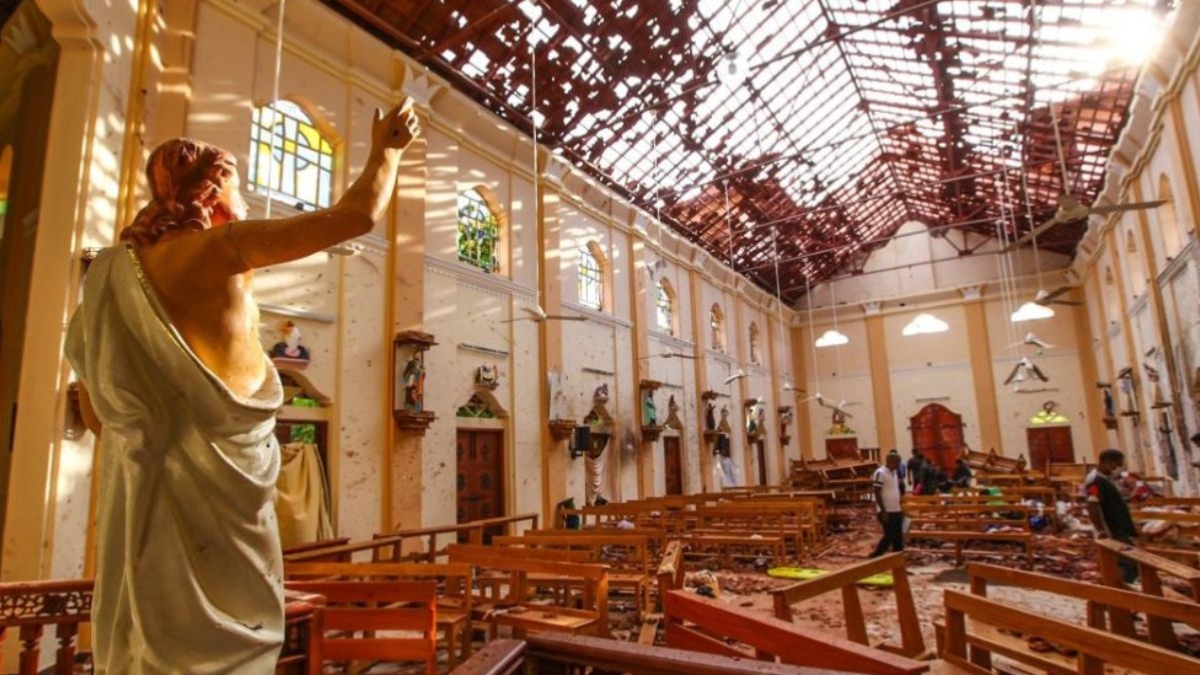Understanding the quality of light is essential for achieving your creative vision, whether you shoot portraits, landscapes, or videos. Yet, the term often confuses even seasoned image makers, because it blends technical meanings with subjective perceptions. Coming to you from Scott Choucino , this insightful video tackles the elusive concept of "quality of light" by distinguishing clearly between the technical definitions and everyday use.
One key insight the video emphasizes is that when most people compliment a scene's quality of light, they're referring to its pleasing appearance—whether it's flattering, soft, or visually engaging. Choucino demonstrates this clearly by manipulating his own studio setup, showing how easily you can go from attractive, soft lighting to harsh, unflattering conditions with just minor adjustments. These demonstrations underscore how small details, like positioning your light source slightly differently or choosing one modifier over another, significantly impact your final look.

Moreover, the video clarifies the technical meaning behind quality of light, explaining the four textbook characteristics: hard, soft, specular, and diffuse. It breaks down these properties not as rigid rules but as flexible tools that can be combined creatively. For instance, the video explores how feathering a softbox—pointing it slightly past the subject—creates a uniquely complex quality that's both soft and somewhat hard simultaneously.
Choucino also highlights a practical issue: inexpensive lighting gear can introduce undesirable effects, like uneven illumination within a softbox, leading to unexpected results. Understanding these nuances helps you choose equipment thoughtfully, based on what your scene demands. Expanding beyond basics, the video touches briefly on advanced lighting types such as and Fresnel lenses, which affect not just softness or hardness but also how evenly or intensely light spreads across a subject.
These nuanced tools give experienced shooters powerful ways to replicate natural lighting conditions, from gentle morning rays to intense midday sun. Yet, the presenter notes practical constraints—like the prohibitive cost and size of authentic Fresnel lenses—that make understanding your alternatives crucial. For example, parabolic reflectors mimic Fresnel characteristics at more manageable costs and sizes, offering you accessible yet professional-level options.
The video's strength lies in showing that while mastering technical terms helps you communicate clearly and select the right gear, ultimately, the quality of light is about achieving your desired visual aesthetic. Sometimes this means deliberately breaking conventional lighting rules or combining unconventional sources to achieve a particular mood or effect. Check out the video above for the full rundown from Choucino.
Alex Cooke is a Cleveland-based portrait, events, and landscape photographer. He holds an M.S.
in Applied Mathematics and a doctorate in Music Composition. He is also an avid equestrian..
Top

Why Your Lighting Setup Might Be Hurting Your Images

Understanding the quality of light is essential for achieving your creative vision, whether you shoot portraits, landscapes, or videos. Yet, the term often confuses even seasoned image makers, because it blends technical meanings with subjective perceptions.[ Read More ]









